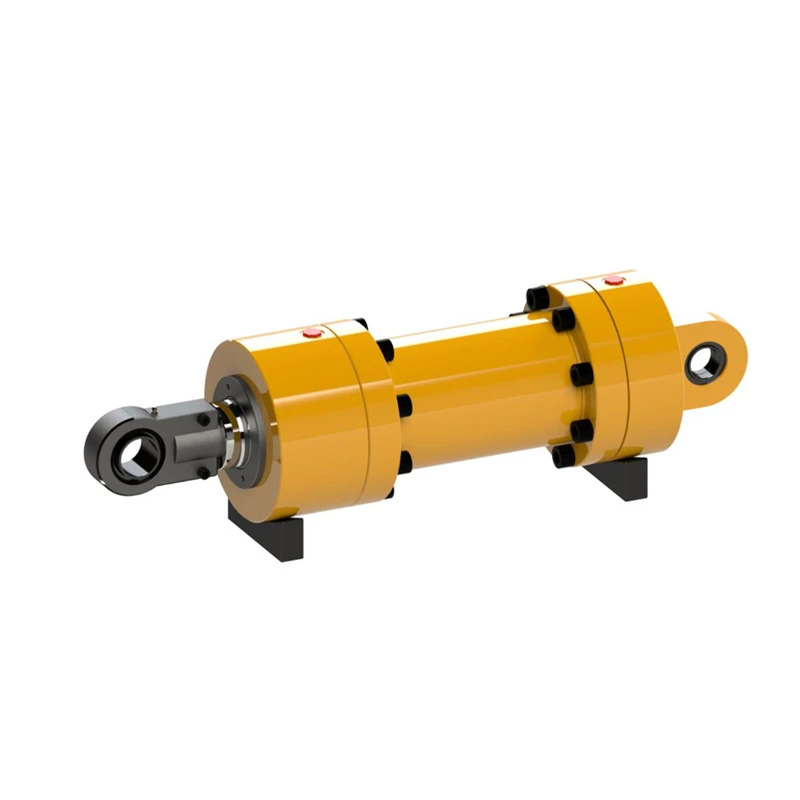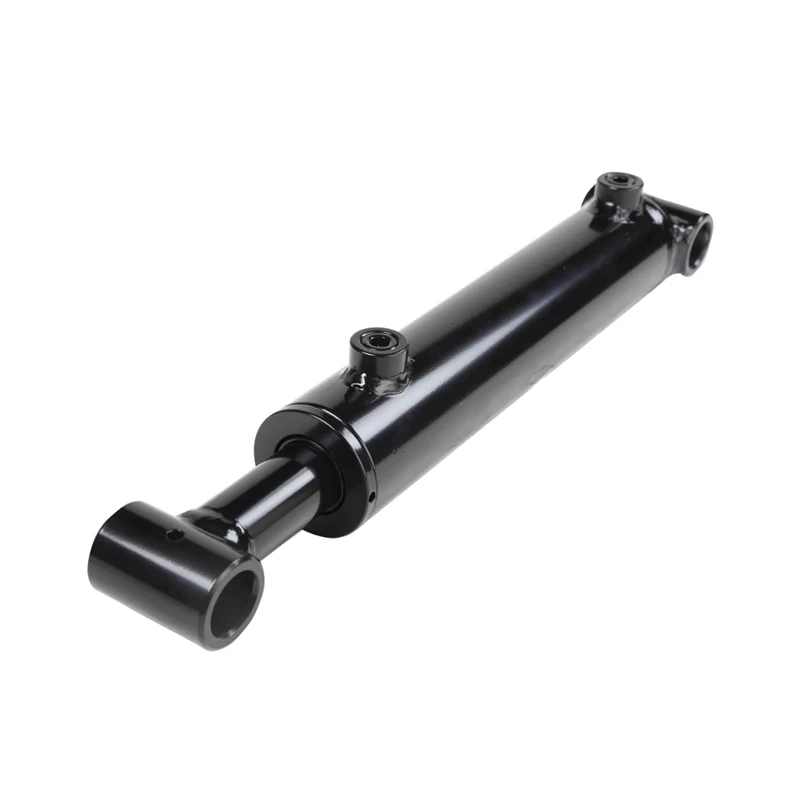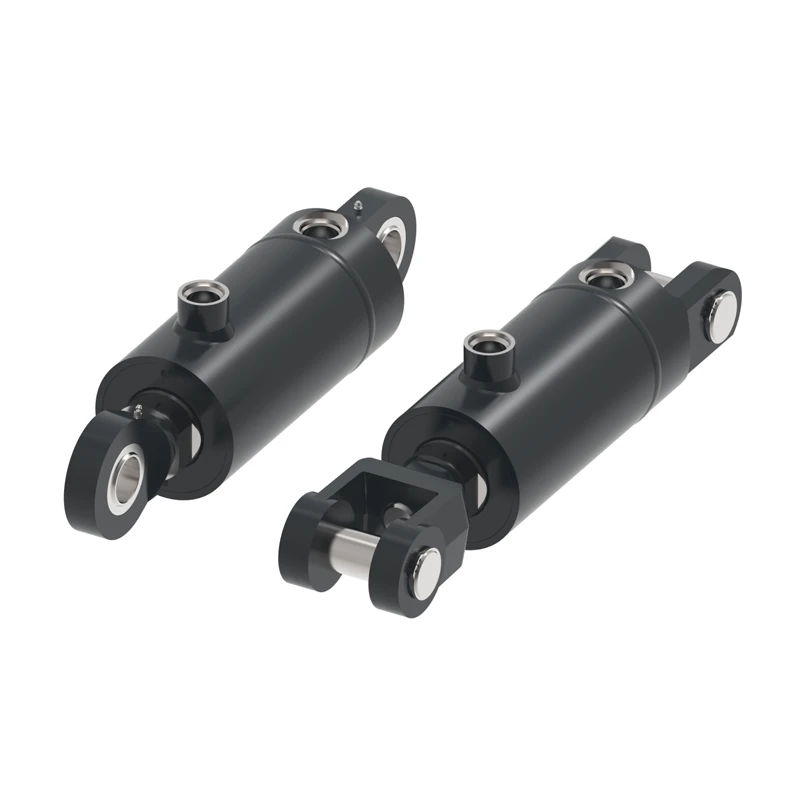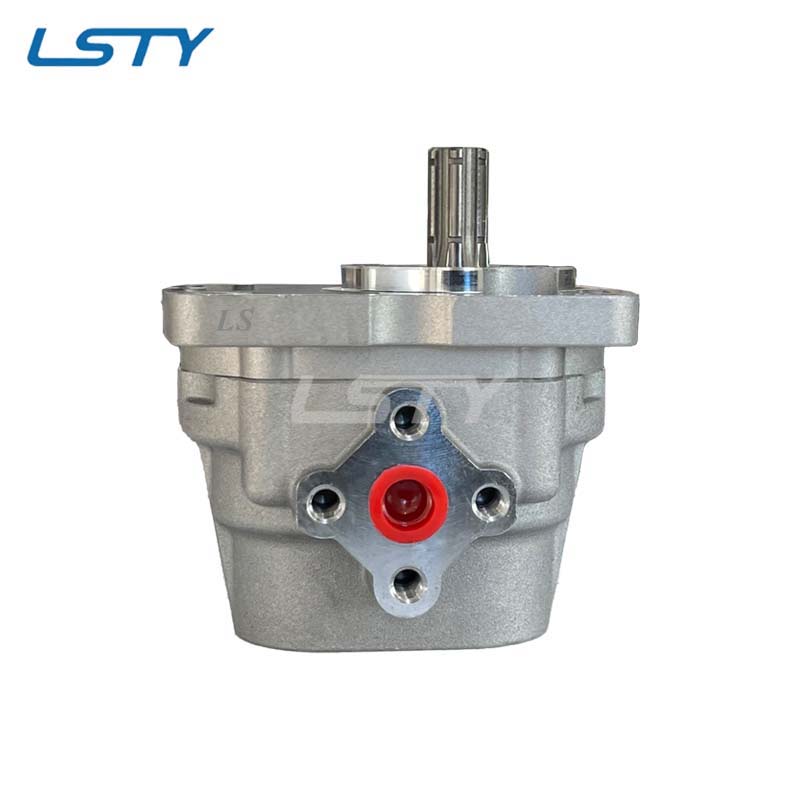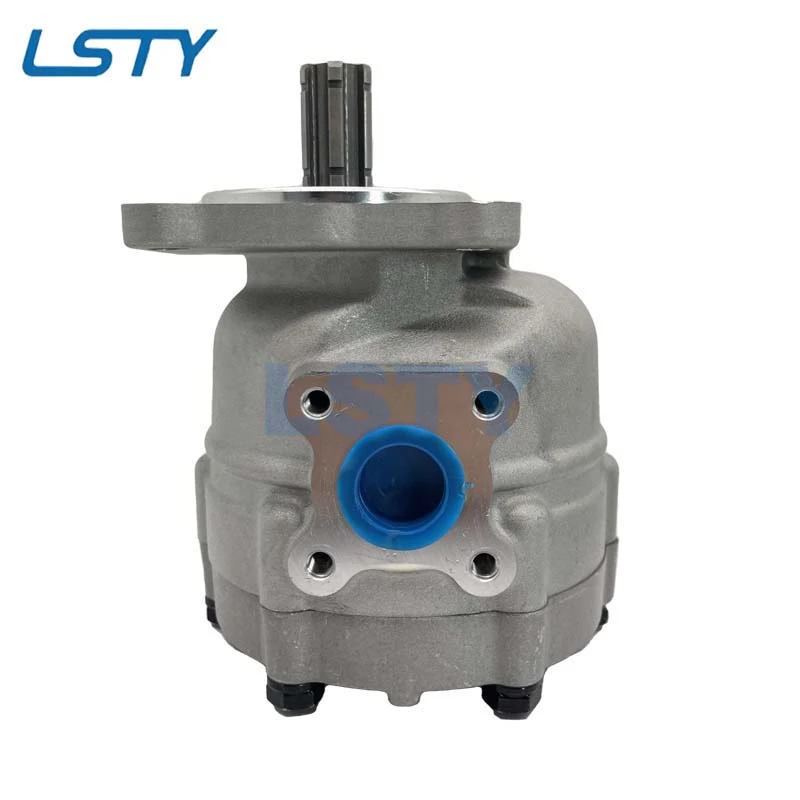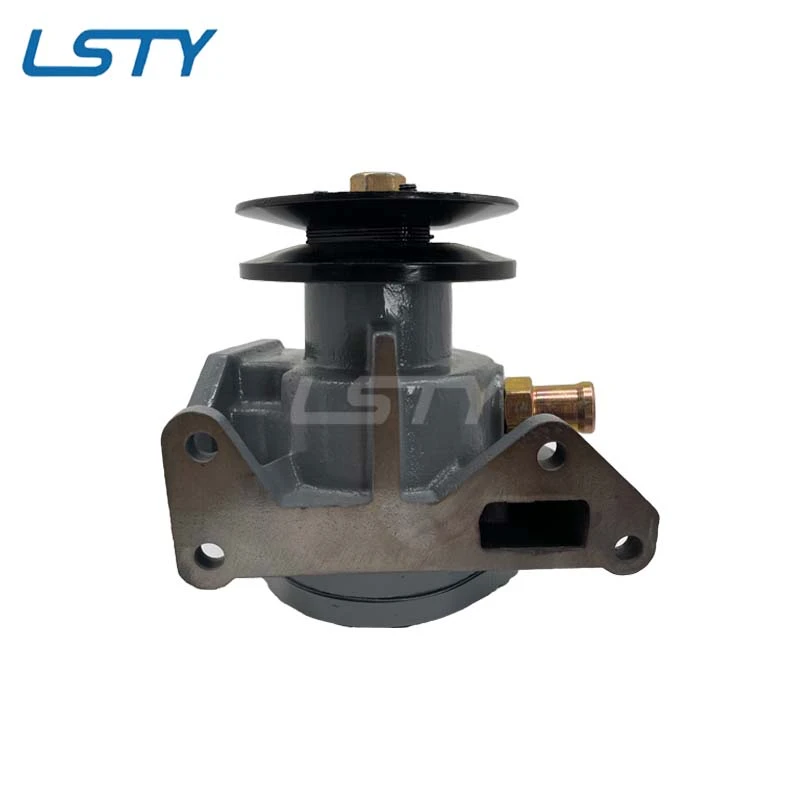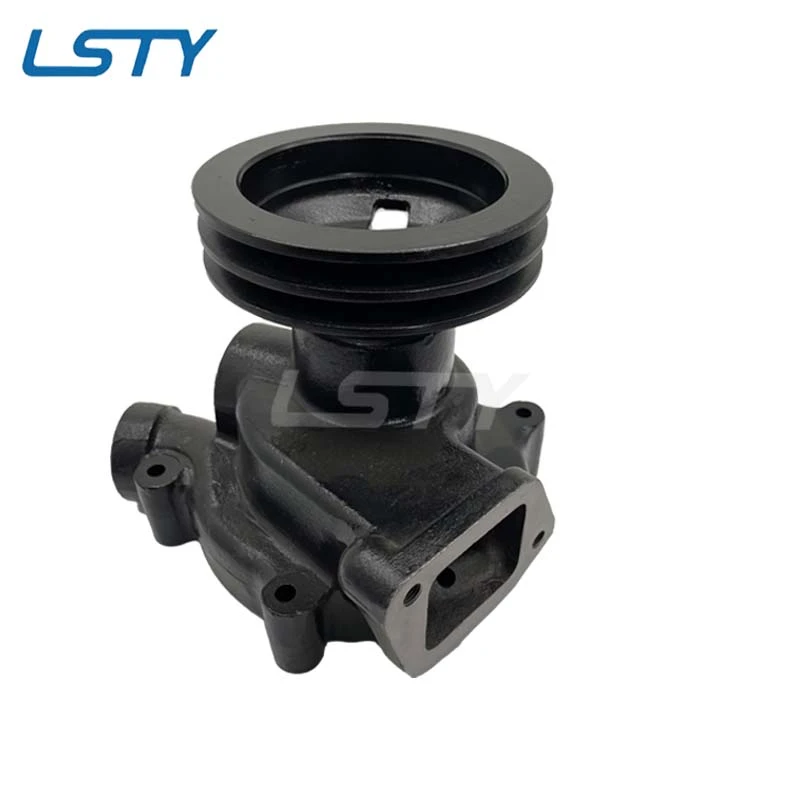Professional Engine Water Pump Repair Services | Expert & Fast Fix
Back to listExpert insights on water pump maintenance, design innovations, and professional repair techniques
Understanding Engine Water Pump Fundamentals
Automotive cooling systems rely heavily on the engine water pump, a critical component responsible for maintaining optimal engine temperatures. The primary engine water pump function involves circulating coolant through the engine block, cylinder heads, and radiator to dissipate heat generated during combustion. Without an efficiently functioning water pump, engines face catastrophic overheating risks that can lead to warped cylinder heads, cracked engine blocks, and complete engine failure.
Modern engine water pump design incorporates precision engineering with advanced materials like cast aluminum alloys and reinforced composites. Contemporary pumps feature improved impeller designs with optimized blade angles for maximum fluid dynamics efficiency, reducing cavitation and minimizing bearing stress. The diagram below shows the complex internal structure:
Longshengtengyu Pump Industry Expertise
HEBEI LONGSHENGTENGYU PUMP INDUSTRY CO., LTD specializes in high-performance engine water pump manufacturing with ISO-certified production facilities. Our engineers combine computational fluid dynamics with practical application knowledge to develop pumps that exceed OEM specifications.
Contact Our Experts:
Tel: 0086-0319-5680888 |
Mobile: 008613229068369
Email: autolsty@163.com
Address: Jichangzhuang Village, Ningjin County, Xingtai City, Hebei, China
Premium Replacement Solution: UTB Water Pump
Product: 1007000, 1101307200 UNIVERSAL 650 UTB Water Pump
Specifications: Precision-cast iron construction, CNC-machined bearing housing, reinforced ceramic seal technology, balanced impeller assembly. Compliant with ISO 9001 manufacturing standards.
Certification: Meets SAE J1818 hydraulic performance standards | Exceeds DIN 732 thermal cycling requirements | Validated to 100,000+ thermal cycles.
View Product Details & SpecificationsWater Pump Technical Parameters & Performance Data
| Parameter | Standard Units | Performance Range | Test Conditions | UTB 650 Specifications |
|---|---|---|---|---|
| Flow Rate | GPM (Gallons Per Minute) | 50-150 | @ 3,000 RPM | 132 GPM ±3% |
| Pressure Capacity | PSI (Pound per Square Inch) | 12-25 | @ 85°C Coolant | 22 PSI @ redline |
| Operating Temperature | °C | -40 to 130 | Continuous duty cycle | -45 to 140 |
| Bearing Life Expectancy | Hours | 8,000-15,000 | SAE J252 testing | 18,500 hours |
| Shaft Tolerance | mm | ±0.01 - 0.05 | ISO 286-2 | ±0.005 mm |
| Vibration Tolerance | mm/s | ≤ 4.5 | ISO 10816-3 | 2.8 mm/s |
Water Pump Performance Visualization
Flow Rate Comparison (GPM)
Failure Rate by Mileage
Temperature vs Efficiency
Material Durability Comparison
Advanced Water Pump Repair Techniques
Proper engine water pump repair requires understanding modern cooling system complexities. Professional technicians follow a systematic diagnostic process beginning with pressure testing the system at 15-18 PSI to identify leaks. Advanced techniques include:
- Spectroscopic coolant analysis to detect electrolysis
- Laser alignment of pump shafts within 0.01mm tolerance
- Thermal imaging to identify flow restrictions
- Vibration analysis using FFT spectrum technology
The engine water pump repair typically involves inspecting the impeller for erosion damage, checking bearing endplay (spec: 0.05-0.15mm), and verifying seal surface integrity. Rebuild kits must meet OEM specifications for material hardness with ceramic seal faces maintaining flatness within 2 helium light bands.
Product Technical Gallery

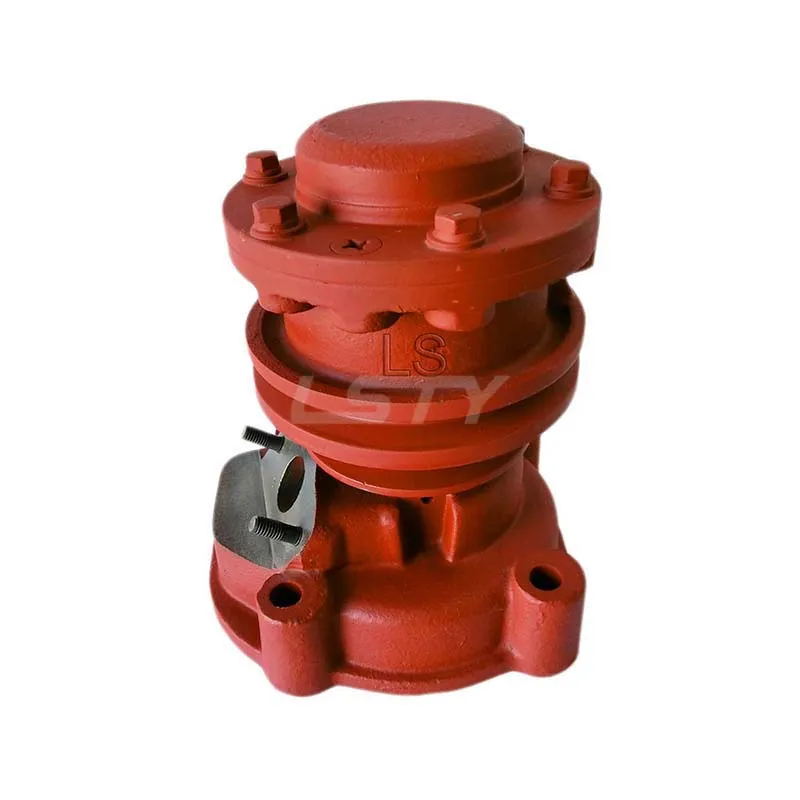
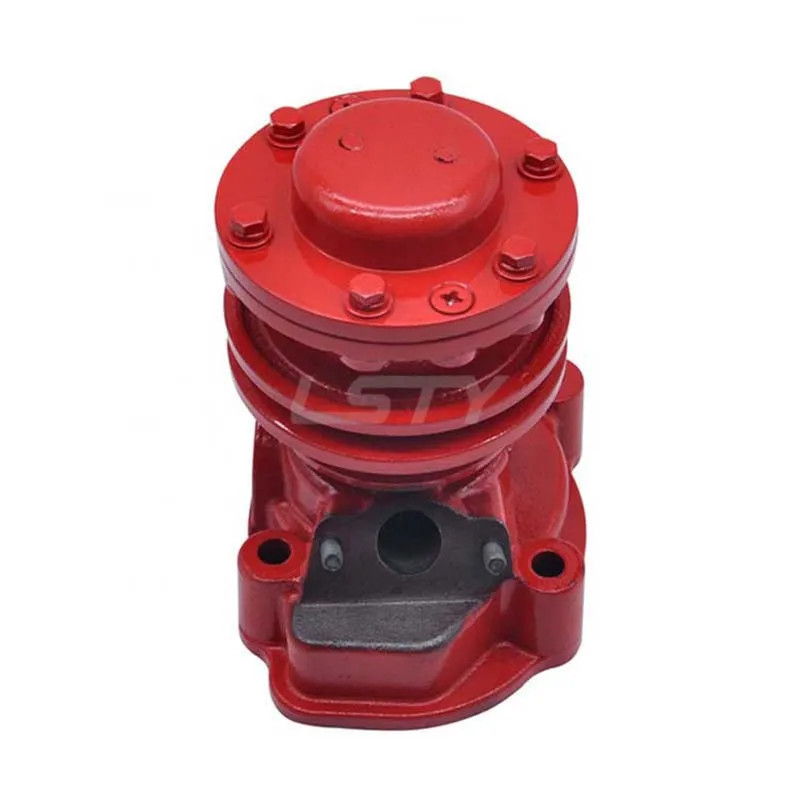
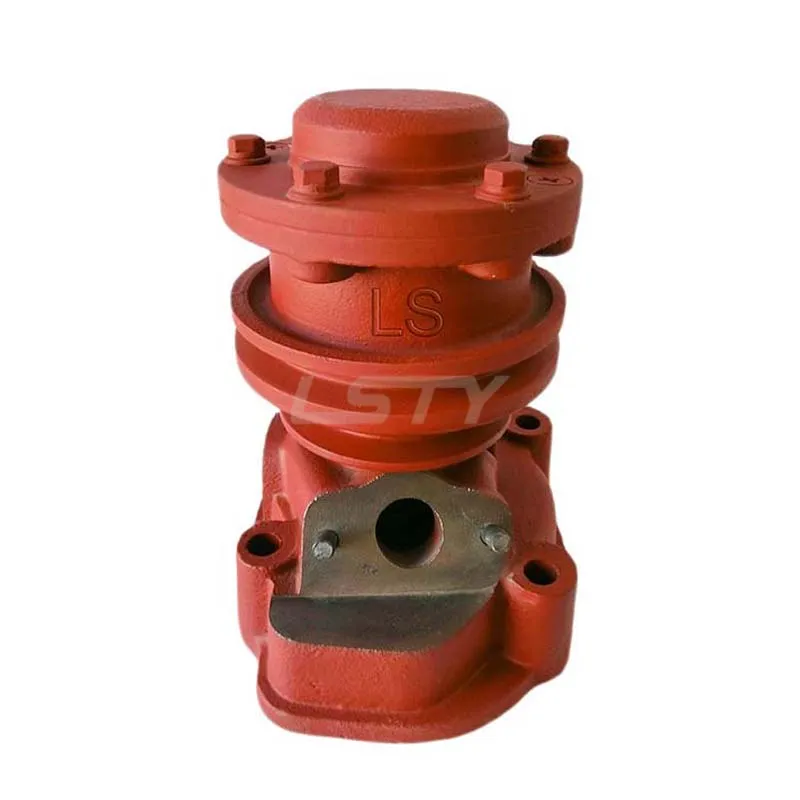
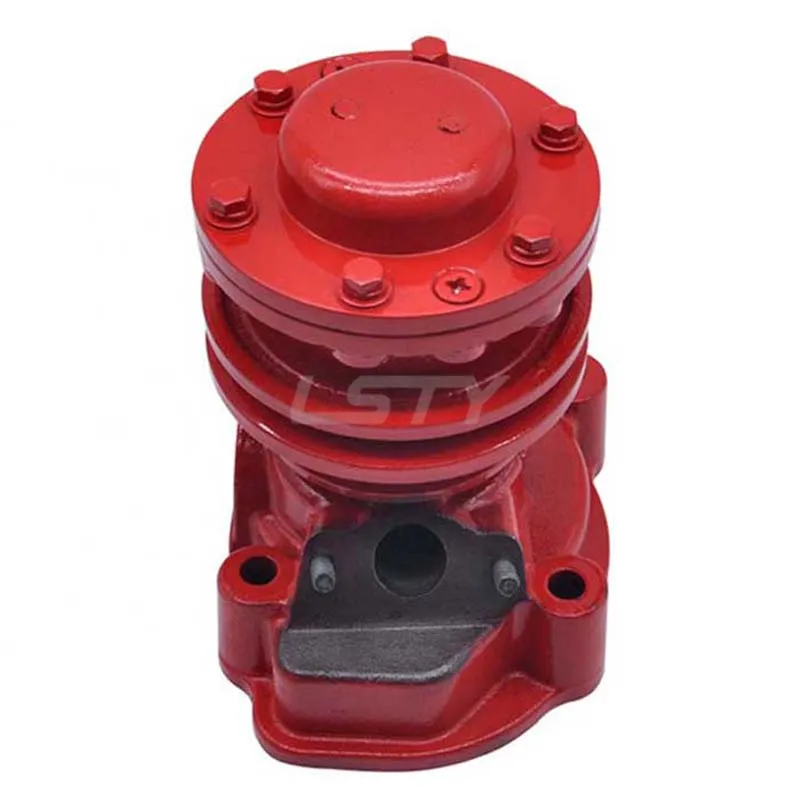
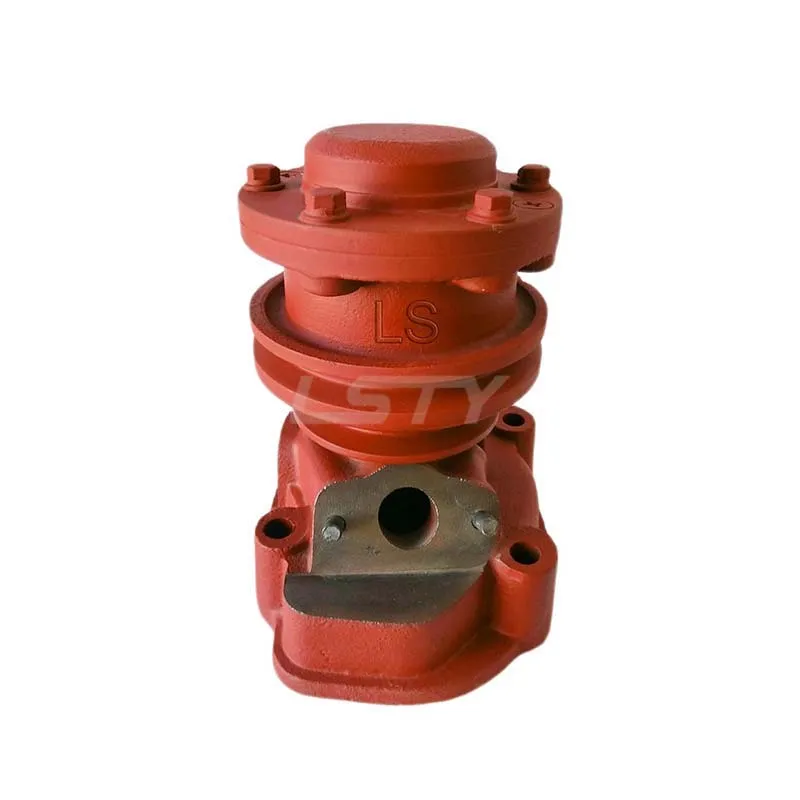
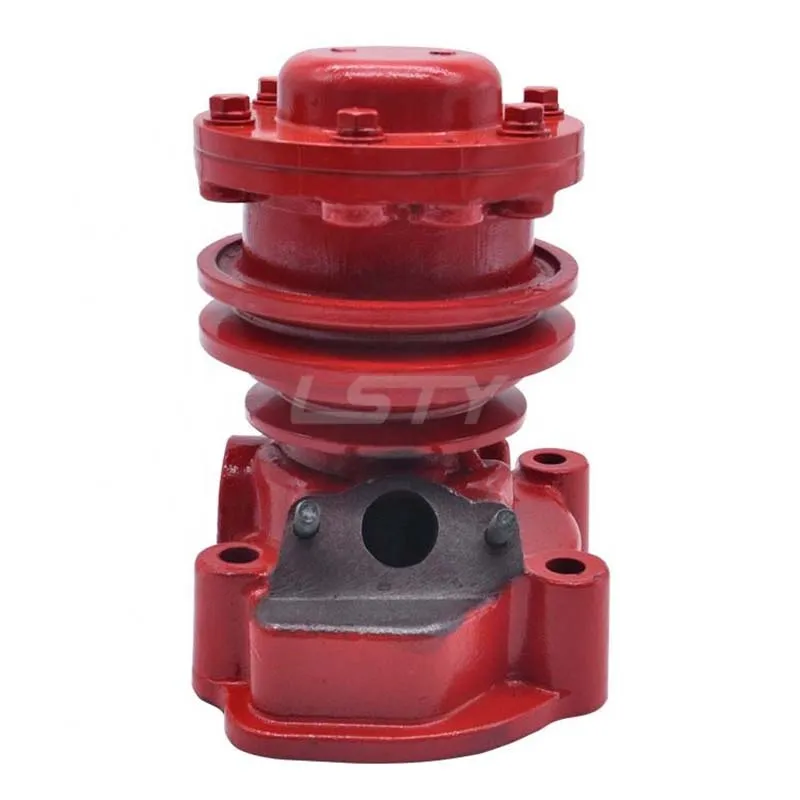
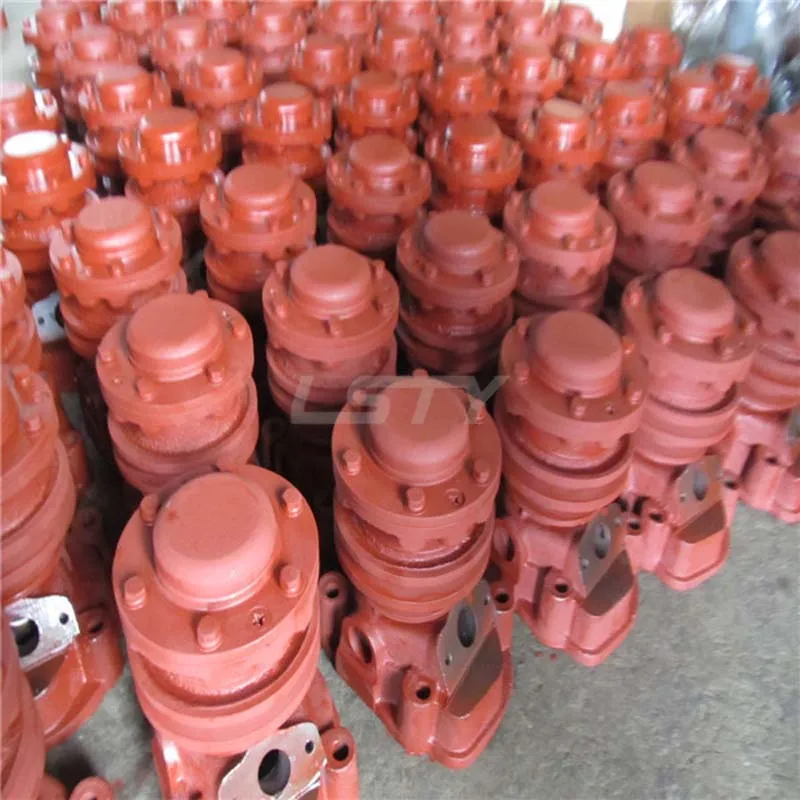
Technical FAQ: Water Pump Engineering
What materials provide optimal durability for water pump impellers?
Premium pumps use GG25 cast iron or A356-T6 aluminum alloy. For severe duty applications, sintered metal powder composites provide superior cavitation resistance. Material selection must balance thermal conductivity (150-200 W/m·K for aluminum) with corrosion resistance in mixed-coolant environments.
What clearance tolerance is critical for bearing longevity?
Shaft-to-bearing clearance should be maintained at 0.025-0.040mm. Exceeding 0.065mm causes vibration harmonics that accelerate seal failure. Precision CNC machining achieves tolerances within ±0.003mm to ensure 100,000+ mile service life in modern pumps.
How does coolant chemistry affect water pump service life?
Electrolysis from depleted coolant additives creates micropitting on aluminum surfaces. OAT (Organic Acid Technology) coolants maintain proper pH (7.5-11.0) and prevent galvanic corrosion. Regular coolant analysis detects silicate drop-off before pump damage occurs.
What are the torque specifications for water pump installation?
Bolts must be tightened in crisscross pattern to 18-22 N·m (13-16 ft·lbs) for iron housings or 10-14 N·m (7-10 ft·lbs) for aluminum. Sequence tightening in three stages prevents gasket compression imbalance leading to leaks.
What flow rate is required for modern turbocharged engines?
High-output engines require 120-150 GPM at operating temperature versus 80-100 GPM for naturally aspirated designs. Optimized pump geometries with 9-12 blade impellers provide necessary flow without excessive parasitic power loss.
How do you diagnose early-stage pump failure?
Key indicators include: (1) Coolant weep hole residue, (2) High-frequency whine at 1,800-2,200 RPM, (3) Temperature fluctuations at highway speeds, (4) Visible shaft wobble beyond 0.5mm runout, and (5) Increased surge tank pressure.
What innovations are emerging in pump technology?
Electric auxiliary pumps (400W-1.2kW) provide flow-on-demand, reducing parasitic loss by 2-5%. Smart pumps with embedded sensors monitor flow rates, temperature differential, and vibration patterns, enabling predictive maintenance alerts via OBD-II systems.
Academic & Industry References
"Advancements in Automotive Cooling System Design" - SAE International Technical Paper 2021-01-0357. This comprehensive study examined 12,000+ coolant pumps across multiple vehicle platforms, establishing new durability benchmarks. Read more at: https://www.sae.org/publications/technical-papers/content/2021-01-0357/
"Thermal Management Solutions for Modern ICE" - ASME Journal of Engineering for Gas Turbines and Power (Volume 144, Issue 6). Research validating computational fluid dynamics models against physical testing: https://asmedigitalcollection.asme.org/gasturbinespower/article/144/6/061016/1123575
"Failure Mode Analysis of Engine Cooling Pumps" - European Automotive Engineers Forum 2022 Proceedings. This industry white paper details common failure mechanisms and material solutions: https://www.eaeforum.eu/papers/2022/cooling-pump-failure-analysis
-
Tandem Hydraulic Pump for Multi - Function SystemsNewsJul.16,2025
-
Selecting The Right Hydraulic Motor TypeNewsJul.16,2025
-
How Air Directional Control Valves Power Your Pneumatic WorldNewsJul.16,2025
-
Engine Cooling Pump Bearing Noise CausesNewsJul.16,2025
-
Double-Ended Hydraulic Cylinder in Steel Rolling MillsNewsJul.16,2025
-
Design Optimization for Efficient Metal CastingsNewsJul.16,2025
-
Unveiling the Power and Precision of Hydraulic CylindersNewsJul.16,2025








